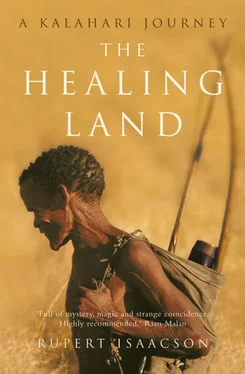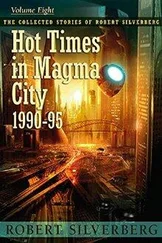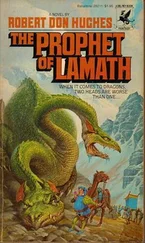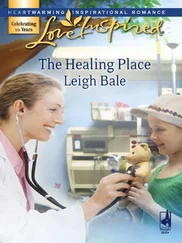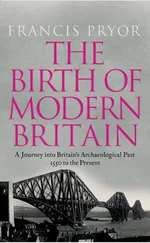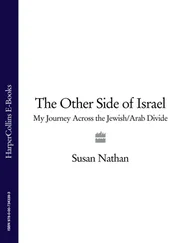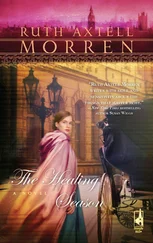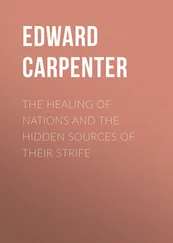My father’s tales, like my mother’s myths, contrasted tantalisingly with the overwhelming ordinariness of our London life. My sister and I, avid listeners, tried to learn the Afrikaans rugger songs like ‘ Bobbejaan klim die Berg ’ (‘The Baboon climbed up the mountain’), which we quickly corrupted into ‘Old baba kindi bear’. The song’s chorus – ‘ Vant die Stellenbos se boois kom weer ’ (‘the boys of Stellenbosch will come back again’ – a reference to the Boer War) became ‘for the smelly, bossy boys, come here’. Who, we wondered, were these smelly, bossy boys? What was a kindi bear? How strange and mysterious was this land that our parents came from.
At Christmas my father’s father, Robbie, would visit from Rhodesia where he ranched cattle and farmed tobacco – a feudal baron in a still feudal world. He brought us small gifts – leopards and spiral-horned kudus carved from red African hardwoods. My grandfather presented Africa as somewhere real, a place where actual lives were lived. I would listen to him and my parents argue across the dinner table, bringing the continent into sharper focus. The talk, back then, was mostly of the war of independence then raging in Rhodesia; my grandfather told how the Munts * had attacked his farm and shot his farm manager, burning crops, rustling cattle into the night. When he spoke, Africa came across as a hard, violent place and, with his stern voice, lined face and disapproving stare, he seemed to carry something of this with him as he moved about our London house.
An endless succession of white Africans passed through our lives. They talked incessantly of the land of their birth. There were stories about the barren, blasted Karoo, where only dry shrubs grew, stunted by summer drought and bone-cracking winter frost. And the jungly, mosquito-ridden forests of the Zambezi River where lions and buffaloes, hippos and elephants, crocodiles and poisonous snakes lurked around every corner. Up in the high, cold mountains of Lesotho, the landscape resembled Scotland and was inhabited by proud people who wore conical straw hats, robed themselves in bright, patterned blankets and rode horses between their stony, cliff-top villages. I learned of the rolling grasslands around Johannesburg, known as the ‘highveld’, which stretched to a sudden escarpment that fell away to the game-rich thorn-scrub, the ‘lowveld’ or ‘bushveld’. Long before I ever went to southern Africa, its names and regions had been described to me so many times that I could picture them in my mind’s eye, the landscapes flowing one into the other across the great sub-continent, each more beautiful than the last.
I later came to realise that these eulogies to Africa’s natural beauty arose partly from guilt: the speakers came from families whose forebears had, almost without exception, carved out their wealth in blood. Many of these educated descendants of the colonial pioneers were haunted by the feeling that their ancestors should somehow have known better. Yet they also feared the black peoples whose freedom they so longed for, whose oppression by their own kind caused them such shame. They knew that black resentment of white drew little distinction. They were all too familiar with the violent warrior traditions endemic to most black African cultures, and lived in terror of the great uprisings that must one day inevitably come. For them, the myth of a pure, uncomplicated Africa contrasted favourably with the Africa they actually knew. It was a sense of this that they, no doubt unconsciously, imparted to us as wide-eyed London children, and which resonated deeply in my magic-starved mind. Only years later did I realise that, with the exception of cousin Frank, most of these white African visitors knew little or nothing of the bush, let alone the Bushmen. For the most part, they were urbanites much more at home in European cities than out on the dry, primordial veld.
When I was eight and Hannah eleven, our parents took us to Rhodesia to visit my grandfather Robbie. From the moment we stepped off the plane I found the place as seductively, intensely exciting as all the stories had led me to expect. ‘Take off your shoes,’ my mother said, as we pulled up at Robbie’s house, set in a landscaped garden in a white suburb of the capital Salisbury (now Harare). ‘You’re in Africa now and kids go barefoot.’ Hannah and I did as she bid, despite a dubious look at the green, irrigated lawn, which was crawling with insect life. When my grandfather’s manservant, Lucius, opened the front door, a small, cream-coloured scorpion dropped from the lintel. Lucius whipped off his shoe and killed it, then presented me with the corpse as a trophy. I was thrilled. That night the chorus of frogs in the garden was deafening. My father took us out into the darkness with a torch and at the edge of one of my grandfather’s ornamental ponds showed us frogs the size of kittens.
The war for independence was still being fought at that time. Out at Robbie’s farm a high-security fence ran all the way around the homestead, and the white men carried handguns on their hips (things were later to get so bad that my grandfather hired AK-47-wielding guards and an armoured car to patrol his vast territory). We saw his herds of black Brangus cattle, his tobacco fields and drying houses. At night the drums in the farmworkers’ compound thundered till dawn, while my sister and I lay in our beds and tried not to think about the big spiders that sat on the walls above our sleepless heads.
On a bright, hot morning, after a particularly loud night of drumming, two ingangas (witch doctors) performed a ceremony in the compound. Despite having been born in Africa, none of my family could tell us quite what was going on, but there was frightening power in the singing of the assembled black crowd, in the maniacal dancing of the ingangas , whose faces were hidden by fearsome, nightmare masks. It made me shiver.
At a game reserve near the ruins of Great Zimbabwe, * we visited a friend of the family, a zoologist studying crocodiles in the Kyle River. He had caught four big specimens – between twelve and fifteen feet long – and had penned them in a special enclosure built out into the muddy river. Having asked if we’d like to see them, he guided us into the pen, telling us to stay close to the fence and not approach the great, murderous lizards where they lay half in, half out of the shallows.
For some reason I did not listen and, as the man was explaining something about crocodile behaviour to my parents, I walked towards the beasts for a closer look. There was a quick, low movement from the water and suddenly I was being dragged backwards by my shirt collar, loud shouting all around. ‘He almost got you!’ panted the zoologist, who had saved me by a whisker. Forever afterwards, my mother would tell the story of how she almost lost her son to a crocodile.
Sometime towards the end of that month-long trip, we went to look at a cave whose walls were painted with faded animals and men – exquisitely executed in red, cream and ochre-coloured silhouettes. The animal forms were instantly recognisable, perfectly representing the creatures we had just seen in great numbers in the game reserves. Standing there in the cool gloom, I picked out lyre-horned impala, jumping high in front of little stickmen with bows and arrows, kudu with great spiralled horns and striped flanks, giraffes cantering on legs so long they had seemed – when we had seen them in real life – to gallop in slow motion. Paintings like these, my mother told us, could be found in caves all over southern Africa. Some were tens of thousands years old. Others were painted as recently as a hundred years ago. But no one, she said, painted any more.
‘Why not?’ I asked.
‘Because the people were all killed,’ answered my mother. ‘And those not killed fled into the Kalahari Desert.’
Читать дальше
